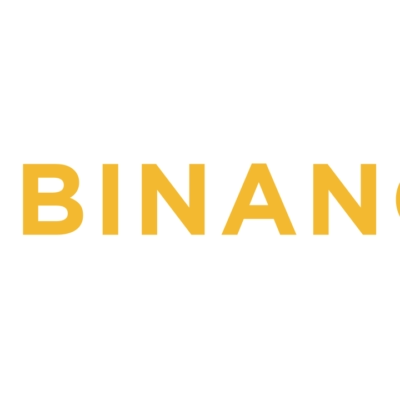EIP-9698 Targets 2,000 TPS for Ethereum Mainnet
Dankrad Feist, a researcher at the Ethereum Foundation, has proposed a radical plan to scale Ethereum’s gas limit by 100-fold over the next four years, potentially pushing the network’s transaction throughput to 2,000 transactions per second (TPS).
Feist introduced Ethereum Improvement Proposal (EIP) 9698 on April 27, suggesting a deterministic gas limit growth schedule starting around June 1, 2025 (epoch 369017). Under the plan, the gas limit would:
-
Gradually increase 10x over approximately two years
-
Followed by one final 10x increase, reaching a 100x total increase
Currently, Ethereum’s gas limit stands at 36 million. Under EIP-9698, it would rise to 3.6 billion, allowing blocks to theoretically fit up to 6,000 transactions — a massive leap compared to today’s performance.
“By introducing a predictable exponential growth pattern as a client default, this EIP encourages a sustainable and transparent gas limit trajectory,” Feist wrote.
Ethereum Aims to Compete with Solana, Boost Base Layer Scalability
Ethereum’s average TPS is currently around 20, especially during periods dominated by simple transactions. Feist’s proposal could push TPS to around 2,000, bringing Ethereum more in line with faster competitors like Solana, which processes around 800–1,050 TPS in real transactions.
While Solana boasts a theoretical TPS of 65,000, Feist’s plan would significantly narrow the performance gap and strengthen Ethereum’s position in the Layer-1 scalability race.
The proposal comes as Ethereum’s validators already agreed to a gas limit increase from 30 million to 36 million earlier this year — the first increase since the London hard fork in 2021, which had doubled the limit from 15 million to 30 million.
Potential Risks and Mitigations
Feist acknowledged that such an aggressive scaling plan carries risks, notably:
-
Increased stress on less-optimized nodes
-
Longer block propagation times
However, he emphasized that the gradual, exponential schedule would give node operators and developers ample time to adapt, mitigating disruption.
“The gradual increments per epoch ensure sustainability and allow the ecosystem to optimize progressively,” Feist noted.
A Shift from Layer-2-Only Thinking
EIP-9698 marks a renewed focus on scaling Ethereum’s base layer after years of primarily focusing on Layer-2 solutions like rollups.
Critics of the Layer-2-centric approach argue that it has fragmented the ecosystem, leading to interoperability challenges and a less cohesive user experience. Feist’s gas limit proposal would strengthen Layer-1 scalability, potentially offering a smoother, more unified user journey.
Meanwhile, Ethereum developers are separately planning EIP-9678, which would quadruple the gas limit as part of the Fusaka hard fork, tentatively expected in late 2025. The Pectra upgrade is scheduled to go live on Ethereum’s mainnet in May 2025.
Final Thoughts: Ethereum’s Base Layer Renaissance?
If implemented, EIP-9698 could mark a new era for Ethereum, addressing criticisms that Layer-2 scaling alone is insufficient. By dramatically boosting the base layer’s throughput, Ethereum could reduce reliance on fragmented rollup ecosystems and offer stronger direct competition to faster blockchains like Solana.
Feist’s plan is still a proposal, and would require community and client consensus to move forward — but it signals that Ethereum’s leadership is thinking boldly about how to scale without sacrificing decentralization and security.
In a multichain world, the question remains: Can Ethereum scale natively and remain the ecosystem’s backbone? With proposals like EIP-9698, the race is on.












